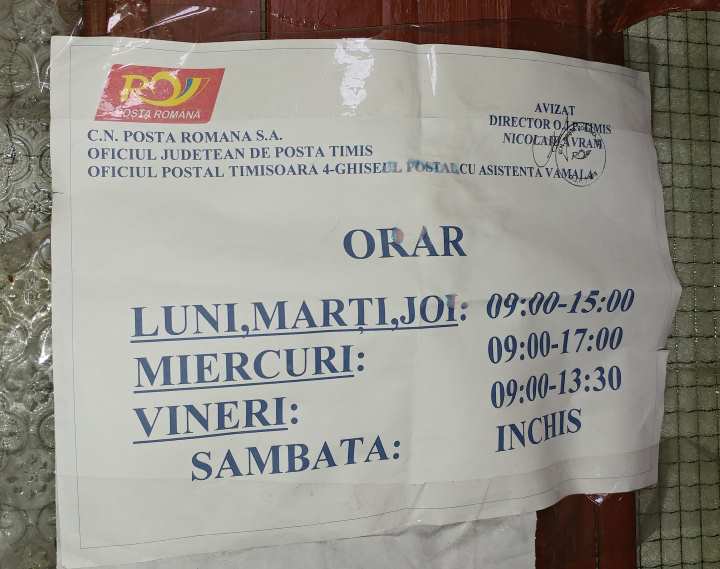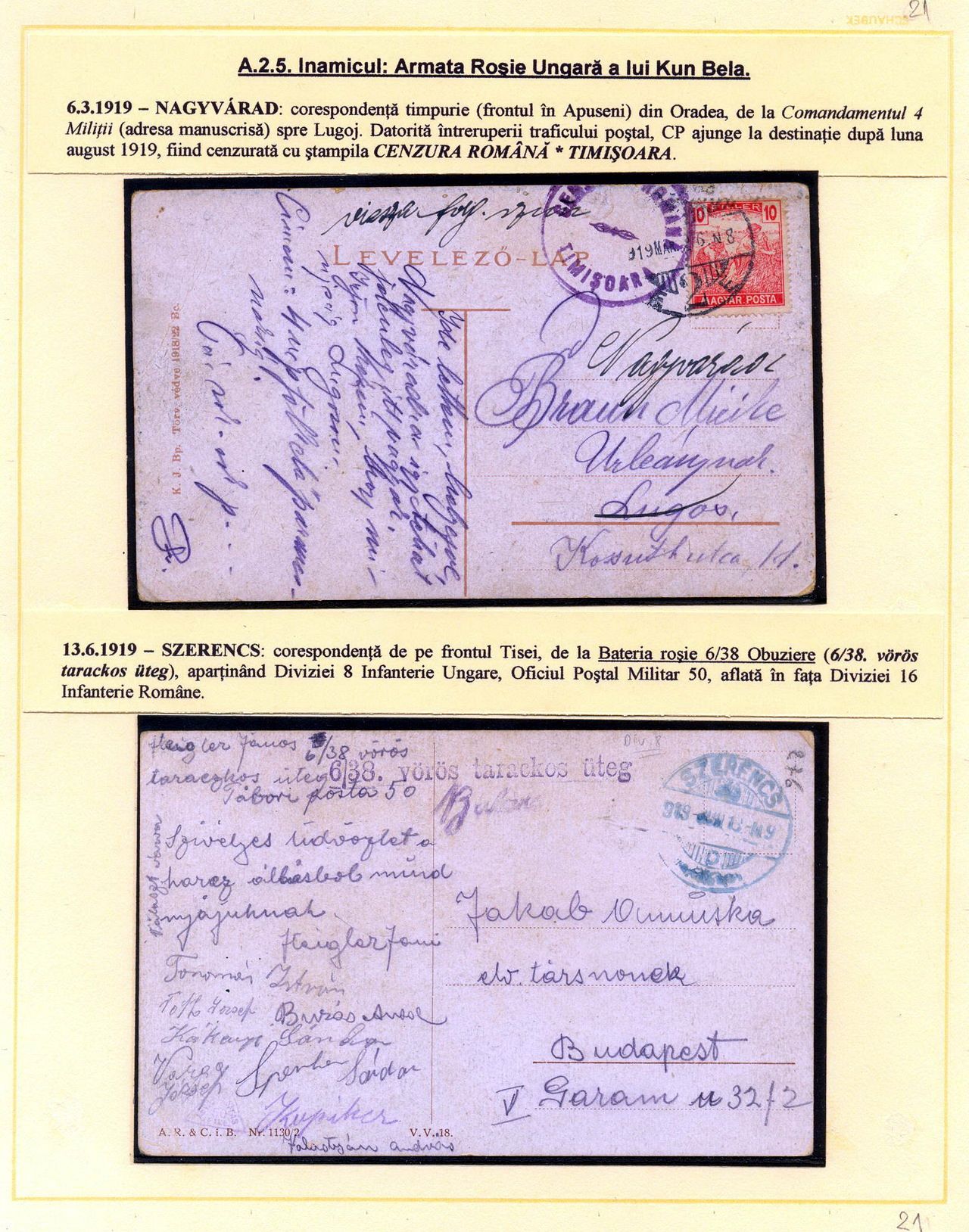

The townsfolks' ancestors considered death as a beginning, not the end. The crosses also feature geometric designs in symbolic colors: yellow for fertility (the subject had many children), red for passion, green for life, black for early death. Words and images were chosen by the sculptor as he saw fit at this unique cemetery located just 15 minutes outside of Sighetu Marmatiei. Day Trips Merry Cemetery (Cimitirul Vesel) in SapantaĬolorful grave signs (carved in oak), featuring witty epitaphs that capture an essential element – qualities or imperfections – of the life of every villager who rests in the cemetery. Here, chamois leap between rocks, eagles' cries ring out overhead and as the snows recede in the spring, crocus and other flowers cut swaths of dazzling colors across the landscape. The Rodnei Mountains National Park, a natural reserve filled with a rich diversity of flora and fauna, has been awarded biosphere status by UNESCO. Three large valleys cross the region: the Viseu, Iza and Mara. The Gutai, Lapus, Tibles Maramures and Rodnei Mountains are cut by passes including the Huta, Gutai, Prislop, Setref and Botiza. Gutai-Ignis natural reserve, the wooden churches in Surdesti and Plopis, Dan Les' potery workshop in Baia Sprie are within a 20 miles radius from Baia Mare. Attractions Near Baia Mareīaia Mare is an excellent starting point to explore the region of Maramures (NW Romania), where beautiful mountains and rolling hills and picturesque villages abound. Hundreds of local rocks, fossil flora and wonderful mine crystal. Traditional Maramures wooden houses are on display. Baia Mare Etnographic and Traditional Village Museum "Minerit şi civilizaţie în Maramureş" - exhibits that attests the long mining history of the region, especially gold mining.Ĭălătorie în universul Ceasului - The World of Horology: over 300 clocks and watches, antique furniture and decorative objects are on display in this section of the museum.

„Cetatea de piatră – Cetatea Chioarului” - a rich collection of items that illustrate the medieval civilization in Baia Mare area: coins, pottery, weapons, tools, clothing.

Housed in the elegant 18th century Baroque building, the museum has three main sections: (Muzeul Județean de Arheologie și Istorie) The painting collection features works of local artists, as well as Romanian and European contemporary art. The Art Museum, located in a landmark building dating from 1784, holds a treasure trove of art depicting life in Maramures from the late 1800s until present day. During the medieval times, Butchers' Guild was the richest and most influential


 0 kommentar(er)
0 kommentar(er)
